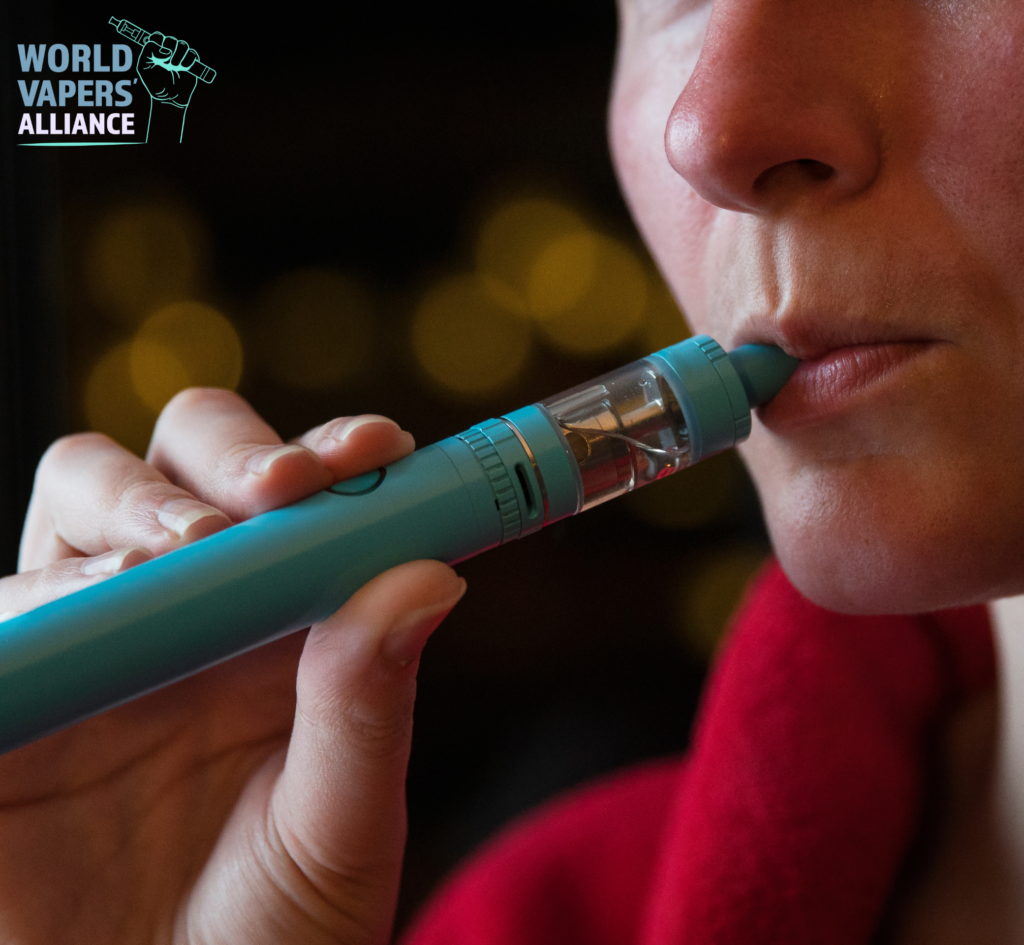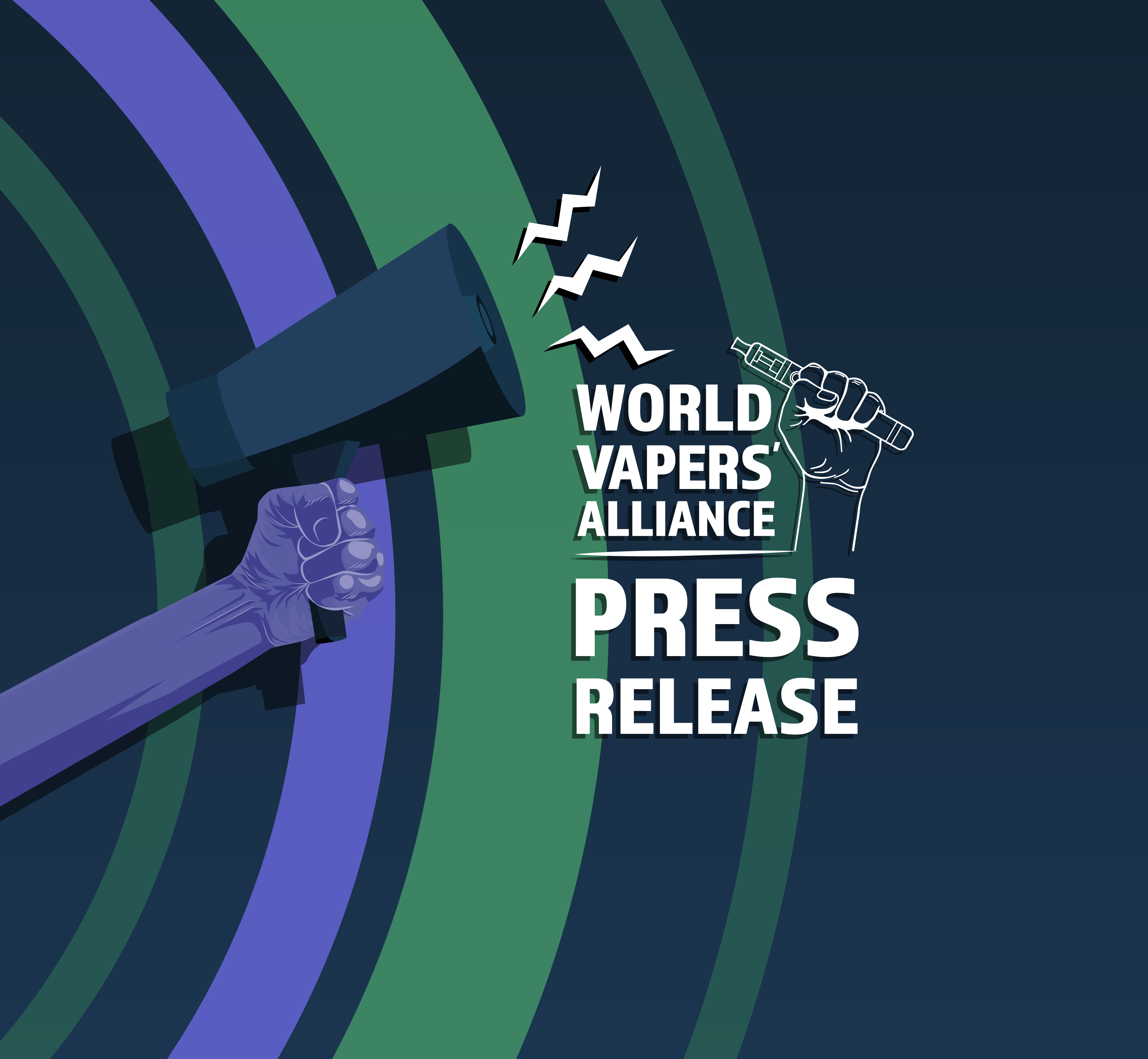The goal of reducing inequality in public health continues to be an urgent issue. The burden of smoking-related illnesses falls disproportionately on low-income countries and groups worldwide because they have higher percentages of current smokers, less information and lower access to smoking cessation therapies and alternative products. The WHO estimates that smoking causes more than 8 million deaths annually, estimated to rise to 10 million deaths by 2030, with 70% occurring in low and middle-income countries.
New, less harmful smoking alternatives have developed as a potential answer to the problem. Products like nicotine pouches, snus, and vaping provide a unique chance to address health inequities. Openness to harm-reduction products can close the gap and enable people to make reasonable adjustments by offering a convenient and cheaper alternative to smoking. It’s time for decision-makers to acknowledge the revolutionary potential of harm reduction measures finally.
Reducing Smoking Disparities
Snus, nicotine pouches, and vaping can be highly effective in lowering the health inequalities caused by smoking in underserved regions. These populations frequently have higher smoking rates and difficulty obtaining conventional quitting methods. Vaping and similar products can assist in closing this gap and enhancing health equality by offering a more convenient and cheap harm reduction option. To be able to exploit this potential, however, the regulatory framework must be right. The crux of the matter is risk-based regulation and taxation. Less harmful alternatives must be cheaper and easier accessible for smokers than cigarettes.
Affordability and Accessibility
Traditional smoking cessation methods, such as nicotine replacement therapy [NRT], can be expensive for many individuals. Additionally, they are not working for most people. The vast majority of smokers fail to quit. Vaping and snus, on the other hand, turn out to be one of the most successful smoking cessation aids, making it a viable option for individuals for whom other cessation methods do not work. For these products to be accessible to the general public, regulation is key. An adequate legal framework that allows adults to buy these products easily, and that incentives them to switch by subjecting safer alternatives to less restrictions than tobacco can quickly bring smoking rates down. One of the most powerful incentives for switching is to save money on the process. Thus, keeping a tax differential with tobacco products to make them more affordable will make it more attractive for smokers to switch and improve their health.
Customisation for Individual Needs
With various nicotine strengths and flavours to suit different tastes, vaping and snus enable a tailored approach to nicotine consumption. This flexibility allows people to choose products that meet their needs. Therefore, flavour bans and too-low nicotine restrictions harm smokers who try to quit. People are different, so we need as many options as possible.
Potential for Harm Reduction
More than 100 public health and government agencies, notably Public Health England, have identified vaping as a tool for harm reduction and concluded vaping is 95% less harmful than cigarettes. Nicotine pouches are way less harmful nicotine alternatives as well and have a similar risk profile as conventional nicotine replacement products (e.g. gums or patches). Policymakers can lessen the disproportionate cost of smoking-related diseases they bear by accepting vaping, snus, and nicotine pouches as a harm reduction option.
Shifting the Focus to actual harm rather than consumption
Policymakers should prioritise improving public health outcomes rather than only concentrating on nicotine consumption. Total abstinence would be the idealised goal of many, but also highly unrealistic. We clearly see there is a demand for nicotine consumption. What products such as snus, vaping, and nicotine pouches do is separate the most harmful components of smoking from nicotine consumption. While it is not entirely risk-free, it is a way less harmful way of consuming nicotine than smoking. So every smoker switching to these products is an improvement in public health.
We can close the gap for low-income countries and groups by embracing harm-reduction products such as vaping and snus as a harm reduction tool. Recognising its accessibility, variability, and potential for harm reduction will enable people to make well-informed decisions regarding their well-being. Finally, decision-makers need to open dialogue with the people most affected – nicotine consumers – and push for evidence-based regulations that emphasise harm reduction instead of consumption.
(This oped was previously published in Vaping Today in Spanish )





One Response